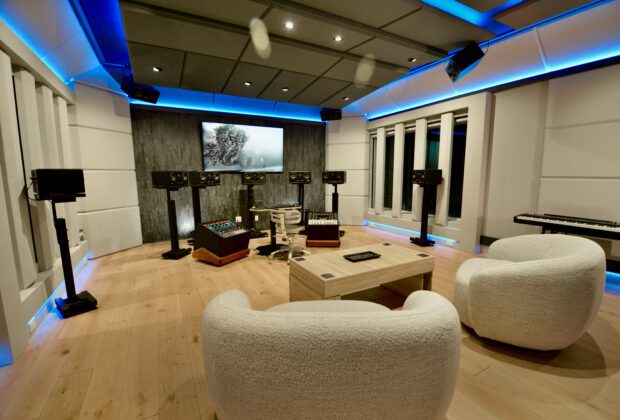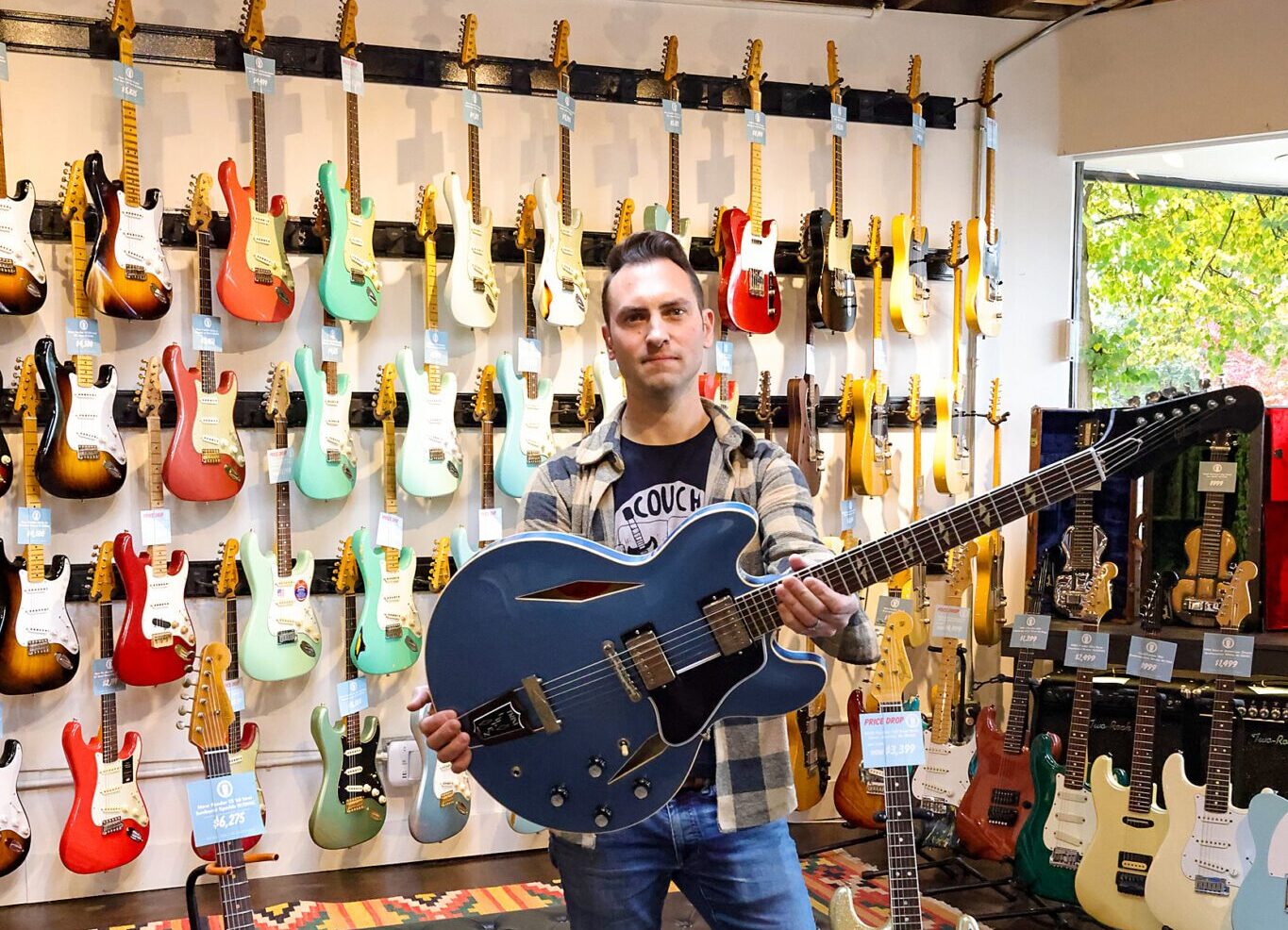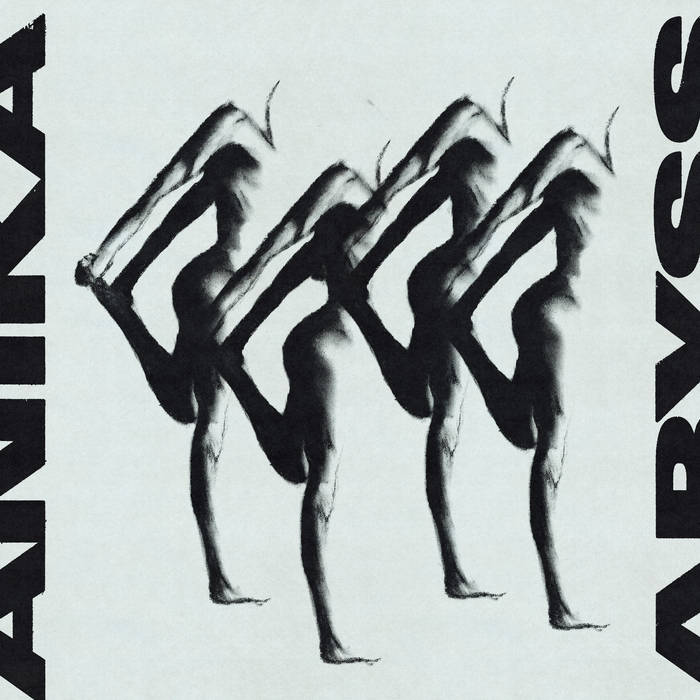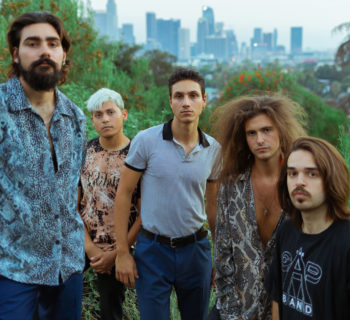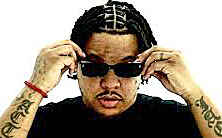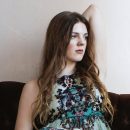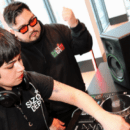Although it’s possible to create brilliant sounding recordings without access to a high-quality studio, the results of any given session are naturally better when done in a superior acoustic and aesthetic environment. Industry professionals who want to put their best foot forward owe it to themselves to work within a properly designed space. For a quarter century, those desiring certainty that their studios are on point have been hiring Carl Tatz Design (CTD) to make their visions a reality.
The company’s origins begin with founder Carl Tatz falling in love with music. Growing up in Providence, Rhode Island, he would invite friends over to listen to recordings from artists such as Simon & Garfunkel, Led Zeppelin, and Nazz on his father’s stereo. Having developed a healthy passion for sound, he became a musician. When he moved to Tennessee to play for Johnny Cash’s son-in-law at the time, he installed a modest demo studio in Belle Meade. When his landlords objected to this development, he moved to a spot near Nashville’s Centennial Park.
Recording Arts, which he founded with Larry Lee of The Ozark Mountain Daredevils, grew by leaps and bounds. Tatz gradually upgraded from a Fotex B 16-track to an Otari 24-track, then to a Mitsubishi 32-track digital machine, and finally to a Sony 48-track. Consoles went through a similar progression: several Soundcraft consoles, then ultimately to a brand-new SSL G+ with Ultimation. The operation produced an enviable collection of gold and platinum recordings, leading Mix Magazine to name it one of the world’s greatest studios. With the inevitable awareness of Tatz’s recording wizardry came those wanting a similar piece of studio magic to call their own. The opportunity to help others in the realm of acoustic design, analysis, and implementation eventually took over. Tatz sold the studio to Sheryl Crow in 2003.
Tatz’s services have been widely lauded. He’s received no less than nine NAMM TEC Award nominations. Recently, he won for the second time. The 2025 40th Annual gathering bestowed the honor upon him for the creation of Scarlett Sound Studio on behalf of Paul Sidoti, who’s best known as the lead guitar player for Taylor Swift.
While many of the spaces he creates, including Scarlett Sound, are located in Nashville, Tatz spreads his talents all around the country. Recently, he serviced one of his clients in Los Angeles, an area where he hopes to do more business in the future. Mix Manor is owned by legendary mixer/engineer Richard Furch, whose list of high-profile clients includes Prince, Outkast, Jay-Z, and Fountains of Wayne. Unlike most other studios, the 9.1.4 Dolby Atmos room located in Woodland Hills sports a grand total of 13 CTD PFM UHD-1000 monitors.
One reason people seek out Tatz for his expertise is because he is the creator behind the PhantomFocus™ and PFM Precision Monitoring Instruments. Using these proprietary tools assures that studios are perfectly calibrated so that they deliver unmatched performance and sound imaging. Tatz believes so strongly in the effectiveness of the PhantomFocus™ system that he won’t design a studio without it. It’s a focal element of the blueprint he applies to every project.
Another signature of each Mix Room is the implementation of the company’s Acoustic Lens System that renders a combination of diffusion, absorption, and reflection with the added benefit of creating the illusion of a larger space with its integral mirrors. “That was one of those things that happened by accident,” he says. While working on a project in Music City, he spotted a large unhung mirror and suggested it be used behind the Lens Columns. Though that client refused the idea, Tatz recognized how much breathing room carefully placed mirrored surfaces can bring. “It’s such a relief when the mirrors go up,” he says. Those who worry about the potential acoustic impact need not fret. “When our Acoustic Lens columns go up, the flutter echo goes away instantly.”
And in all CTD studios, the tracking room gets placed on the left or right, never in the center. “It doesn’t make any sense to have a window in front, because that’s where your screen’s going to be,” says Tatz. An additional concern is traffic flow. “A lot of people don’t think about that,” he points out.
For those lacking the funds to hire an expert studio builder, it is still possible to independently create an excellent mix room just by following some basics—and ideally investing in a PhantomFocus™ Monitor System. A good starting point is copying what Tatz does, a practice the master acoustician does not mind. In fact, it’s something he encourages.
Meanwhile, Tatz is getting back to his roots satisfying his artistic urges. A singer, songwriter, guitarist, and GRAMMY nominated producer, he relishes surprising others with his talents. He plans on releasing an album of jazzy pop at some point. “But it’s got to be done right,” he states, warning himself as much as anyone else.
For more, visit carltatzdesign.com

